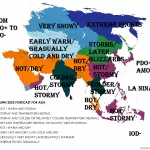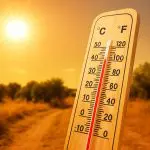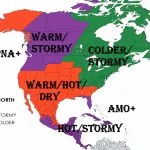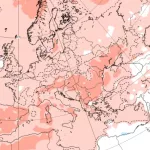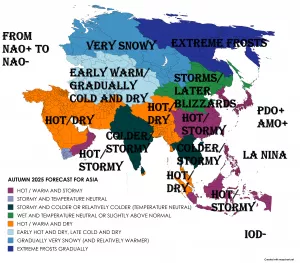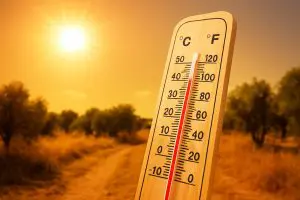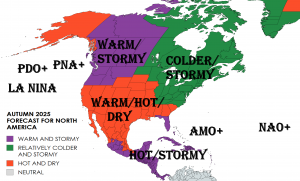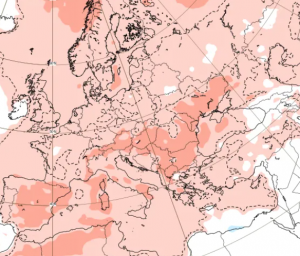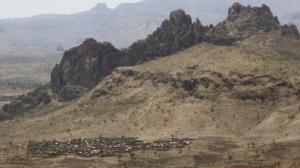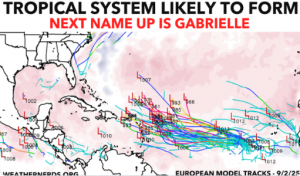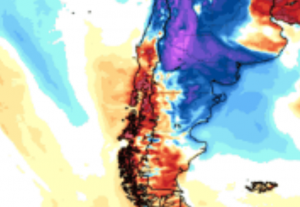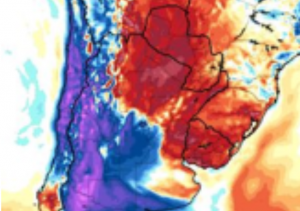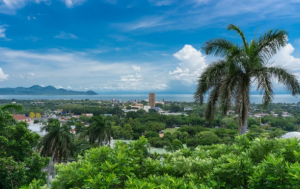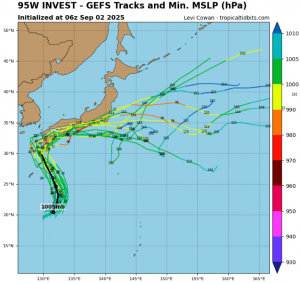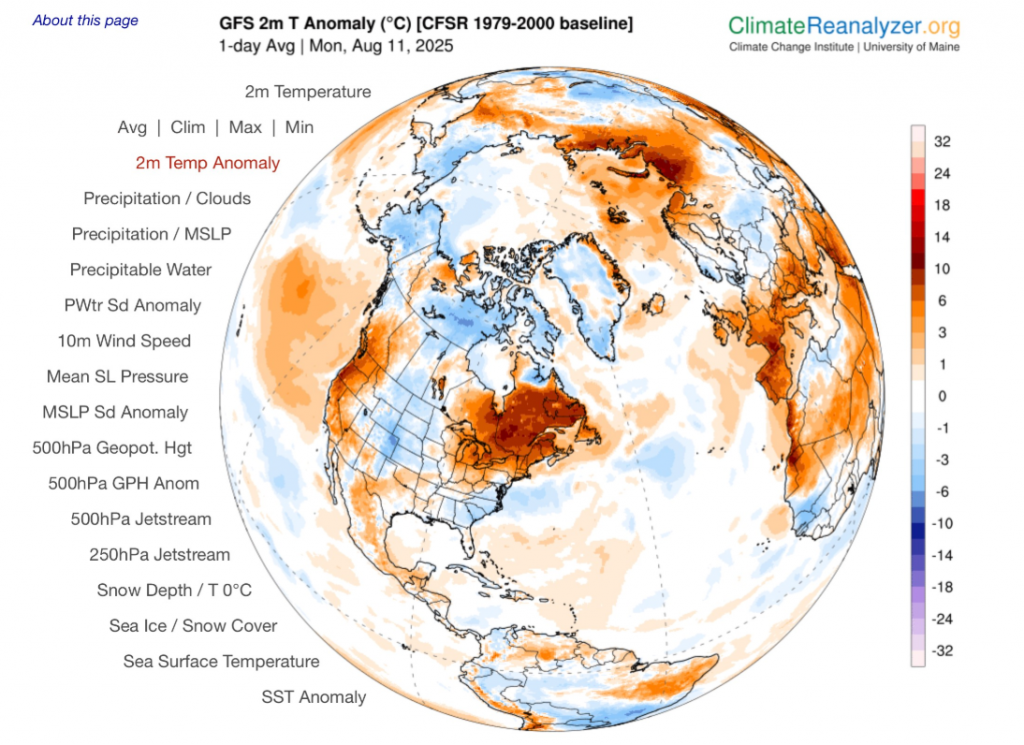
Eastern Canada has been scorched by an intense late-summer heatwave, smashing long-standing August temperature records across parts of New Brunswick. On Monday, the heat peaked with +37.6°C in Miramichi, +37.5°C in Bathurst, and +37.1°C in Kouchibouguac, setting new monthly highs for each location. These temperatures are extraordinary for the region, especially given its coastal influence, which usually moderates extremes.
Meteorologists note that such readings are not only rare but exceptional in historical context. In Miramichi, this surpasses the previous August record by more than a full degree, making it one of the hottest days ever observed there in any month. Bathurst’s temperature tied closely behind, also exceeding previous August benchmarks. Kouchibouguac National Park, known for its maritime breezes, experienced a heat spike seldom seen in its climate history.
The heatwave was driven by a persistent high-pressure dome parked over Eastern Canada, allowing for prolonged sunshine, minimal wind, and warm air advection from the U.S. interior. The phenomenon resembles “heat dome” events that have affected Western North America in recent years, but in this case, it has unfolded in a region far less accustomed to such extremes.
High humidity compounded the danger, with humidex values exceeding 45°C in some areas, creating dangerous conditions for outdoor activity. Public health officials urged residents to stay hydrated, avoid strenuous activities during the afternoon, and check on vulnerable individuals such as the elderly and those with respiratory conditions. Cooling centers were opened in several municipalities, and outdoor events were adjusted or cancelled.
This event aligns with a broader pattern of increasing frequency of extreme heat episodes in Eastern Canada. Climate researchers have observed that average summer temperatures in the region have been rising steadily over the past decades, and nights are getting warmer as well. This reduces overnight relief, exacerbating heat stress on both people and ecosystems.
Impacts extended beyond human health. The extreme heat stressed crops, particularly blueberries and potatoes, which are in sensitive growing phases in August. Fisheries also reported elevated water temperatures in coastal inlets, affecting lobster and salmon habitats. Some forestry officials warned that the combination of heat and ongoing dry conditions could sharply increase wildfire risk in coming days.
While short-lived, the heatwave underscores the capacity for record-breaking extremes outside the traditional hotspots of Western or Southern Canada. Forecasters expect a cooler front to sweep through later this week, bringing temperatures back to seasonal norms. However, the scale of these records — especially all-time monthly highs in multiple locations on the same day — will make August 2025 a notable entry in the region’s climate history.

Source: https://x.com/ThierryGooseBC/status/1955076683306041836/photo/3


